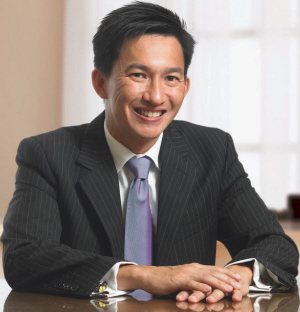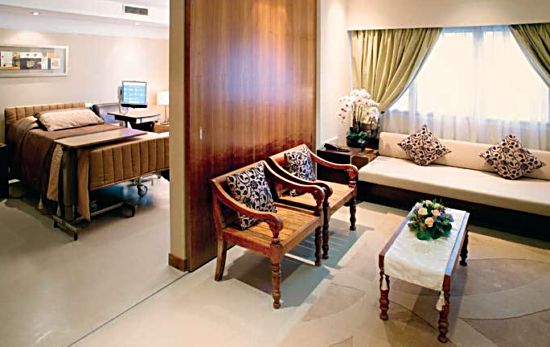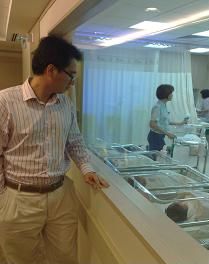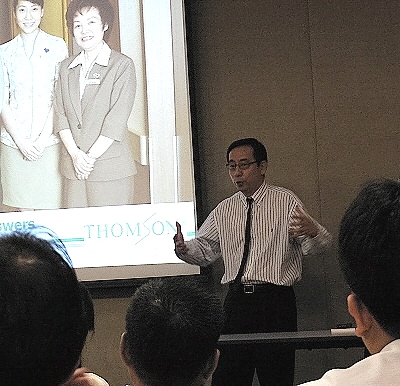
THOMSON MEDICAL’S CEO Allan Yeo and CFO Tan Zing Yuen were at CIMB Securities yesterday to share their plans on the leading obstetrics and gynaecology player's growth strategy.
Q: What is the greatest risk that will derail your plans for growth over the next 5 years?
Zing Yuen: I won’t call it a risk but a constraint that we have is the physical size of our site at Thomson Medical Center in Singapore. To have more specialists we need to expand our premises.
Q: What are you doing to address the physical constraints that you will face in 3 to 5 years?
Allan: We have been talking to the government about getting a suitable site, either close by, or somewhere within the medical belt area where we can expand.
In the meanwhile, we try to maximize space within the Thomson Medical Center site for hospitalization capacity. We have shifted a large part of our admin area out of Thomson Medical Center site. And we are trying to get more space outside the Thomson Medical Center site so that we can expand our existing footprint.
We are also downsizing the kitchen area, which is quite large, to free up space for 2 more operating theatres and 2 or 3 more delivery rooms.
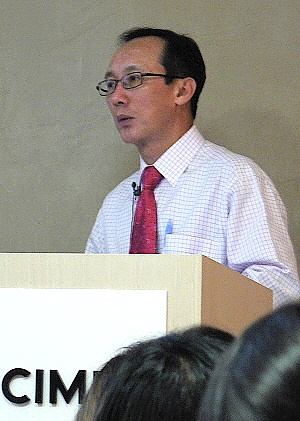
Photo by Leong Chan Teik
We also work toward increasing utilization rate by arranging for patients to discharge by 12 noon instead of allowing the patient to delay until 2pm to 3pm.
Q: What is your overseas risk?
Allan: We provide hospital management and consultancy services in Vietnam in return for a retainer fee. At the present moment, this involves very little investment risk in terms of pumping in cash.
We do have the option of taking up an equity stake in the Han Phuc International Women and Children’s Hospital.
Q: What are your expectations on revenue contribution from overseas?
Allan: We are very excited about our overseas expansion. We are building the largest private hospital for women and children in Vietnam, where the number of births is much higher than in Singapore.
A single hospital in Vietnam delivers 56,000 babies a year, compared to Singapore’s 39,000 a year. A million babies are born in Vietnam a year.
Secondly, Vietnam as a nation is fast becoming affluent. There is growing demand for maternity services.
Another area we are very excited about is cancer treatment. In Vietnam, this is one of the highest causes of mortality. The doctors there are very eager to absorb medical expertise from Singapore. We are hoping to set up cancer centers and pediatric centers there to tap on this market.
All the equipment for the Han Phuc hospital have arrived and it is likely to be commissioned sometime during Sep to Dec this year. Once we start operations, we will start collecting our retainer fees. This will be a percentage of top line and a percentage of gross profit before tax in the first year. The second and third year will be based on top line and bottom line, because patient load would have stabilized by then.
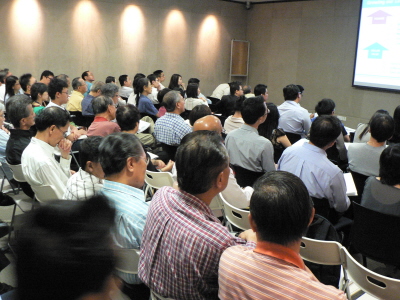
Photo by Leong Chan Teik
We have an option buy up to 25% in the Han Phuc hospital within the first 3 years of its operations at founders’ price.
Q: Have you considered a REIT structure?
Allan: We are unlikely to adopt a REIT structure for the Thomson Medical Center in Singapore because that will means we will need the REIT manager’s approval for hospital renovations and expansion. We value a good relationship with doctors and rent our suites at very reasonable rates. We may not be able to offer such rates if a REIT manager is in the picture.
Q: Why should a doctor stay with Thomson?
Allan: Doctors want their patients to be well taken care of. Thomson has the ambience that patients like for delivering a child. There is a trend of mothers delaying childbirth until a later age, and this increases the chances of complications during pregnancy and delivery. So far in Singapore, only KK and Thomson have managed delivery of pre-mature babies well, because we deliver so many more babies. Most of our specialist tenant clinics are practices by former heads of departments at government hospitals.
Related story: THOMSON MEDICAL's 1H profit up 22%, gets 'buy' & 'accumulate' ratings




